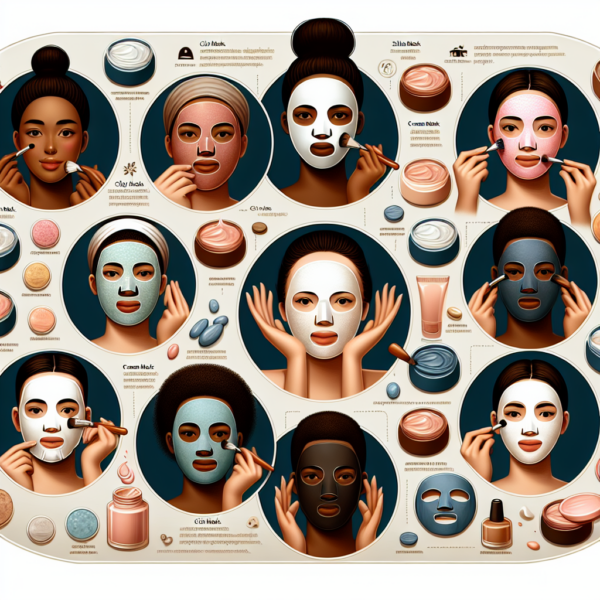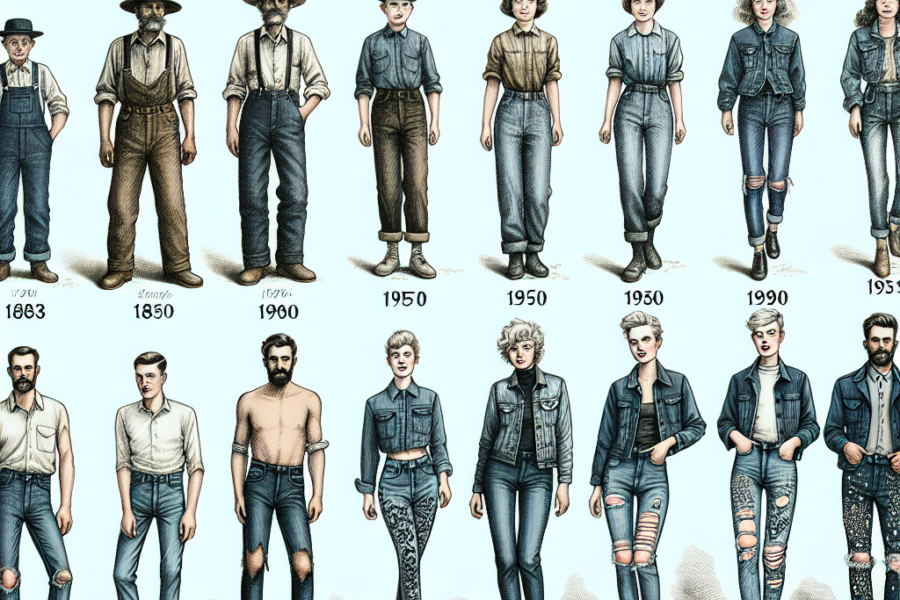The Power of Color: How Hues Influence Fashion Trends
Introduction
Color is a powerful tool in the world of fashion. It has the ability to evoke emotions, create a mood, and even influence consumer behavior. Designers and brands carefully select colors for their collections, knowing that the hues they choose can make or break a trend. In this article, we will explore the impact of color on fashion trends and how designers use it to stay ahead of the game.
Understanding Color Theory
Before delving into how color influences fashion trends, it is essential to understand the basics of color theory. Colors can be broadly classified into three categories: warm, cool, and neutral. Warm colors include reds, oranges, and yellows, which are vibrant and energetic. Cool colors, on the other hand, are calming and soothing, such as blues, greens, and purples. Neutral colors like black, white, and gray are versatile and can complement any other color.
In addition to these categories, colors also have different properties like hue, saturation, and value. Hue refers to the basic color, like red or blue, while saturation refers to the intensity or purity of the color. Value, on the other hand, is the lightness or darkness of a color. Understanding these properties can help designers create harmonious color palettes that resonate with consumers.
The Psychology of Color
Color plays a crucial role in conveying emotions and messages. Different colors have distinct psychological effects, and designers use this knowledge to evoke specific feelings in their collections. For example, bright colors like red and yellow are associated with energy and excitement, while pastel colors like pink and lavender evoke feelings of romance and femininity. Neutral colors like black and white are often seen as timeless and sophisticated.
Consumers also have personal associations with colors based on their cultural background, experiences, and preferences. For example, in Western cultures, white is traditionally associated with purity and weddings, while in some Asian cultures, white is a color of mourning. Designers must consider these cultural nuances when designing for a global audience to ensure their collections resonate with consumers worldwide.
How Colors Influence Fashion Trends
Colors have a significant impact on fashion trends, shaping the way consumers perceive and engage with clothing and accessories. Each season, designers introduce new color palettes that set the tone for upcoming trends. These colors are often inspired by various sources, including nature, art, and current events.
One example of how colors influence fashion trends is through Pantone’s Color of the Year. Every year, the Pantone Color Institute selects a color that reflects current cultural trends and influences across various industries, including fashion and design. The chosen color often sets the stage for upcoming trends, with designers incorporating it into their collections for that year.
In addition to the Color of the Year, designers also look to runways, street style, and social media for color inspiration. Fashion weeks around the world showcase a range of colors and patterns, with certain hues gaining popularity and becoming key trends for the season. Street style photographers capture the fashion choices of everyday people, providing insights into how consumers are interpreting and wearing current trends.
Social media influencers and celebrities also play a significant role in shaping color trends. Their fashion choices are closely followed by millions of followers, who take cues from their outfits and color combinations. A single post featuring a trendy color can spark a viral trend, with retailers quickly stocking up on items in that color to meet consumer demand.
How Designers Use Color to Stay Ahead
Designers are always looking for ways to stay ahead of the competition and anticipate future trends. Color plays a crucial role in this process, as the right hue can make a collection standout and capture the attention of consumers. Designers carefully consider the color palettes they use, seeking to strike a balance between on-trend and timeless hues.
One way designers stay ahead is by attending trend forecasting events and studying color reports. Forecasting agencies like WGSN and Pantone provide insights into upcoming color trends, helping designers plan their collections months in advance. These reports often highlight key colors, patterns, and materials that will dominate the fashion landscape in the coming seasons.
Another strategy designers use is to create their color stories based on the theme or inspiration for their collection. By developing a cohesive color palette that reflects the mood and narrative of their designs, designers can create a strong visual impact that resonates with consumers. This approach helps establish a signature look for the brand, making it instantly recognizable to customers.
Collaborating with other creatives, such as artists and graphic designers, can also spark fresh ideas and innovative color combinations. By drawing inspiration from different disciplines, designers can create bold and unexpected color choices that set their collections apart from the competition. This collaborative approach adds depth and complexity to the design process, resulting in truly unique and memorable collections.
Incorporating Color Trends in Marketing
In addition to using color in their collections, designers also leverage color trends in their marketing strategies to attract and retain customers. From runway shows to advertising campaigns, color is used to create a cohesive brand image that resonates with the target audience. Designers carefully select colors that align with their brand values and positioning to create a strong visual identity.
Runway shows are an opportunity for designers to showcase their latest collections and set the tone for the season. The colors used in the runway set, lighting, and music all contribute to the overall mood and atmosphere of the show. By selecting colors that complement the collection, designers can create a memorable experience for attendees and generate buzz around their brand.
Advertising campaigns are another avenue for designers to incorporate color trends and influence consumer behavior. From print ads to social media posts, designers use colors strategically to convey their brand message and attract attention. By aligning their color choices with current trends, designers can stay relevant and engage with their target audience in a meaningful way.
In-store displays and merchandising are also powerful tools for designers to showcase their collections and draw customers into the store. By using colors that complement the season’s trends, designers can create a visually appealing environment that entices shoppers to explore and make purchases. Retailers often use color psychology to create a seamless shopping experience that encourages customers to stay longer and return for future visits.
Conclusion
Color is a powerful tool in the world of fashion, influencing trends, consumer behavior, and brand identity. Designers carefully select colors for their collections, drawing inspiration from sources like nature, art, and current events. By understanding the psychology of color and how it impacts consumers, designers can create cohesive color palettes that resonate with their target audience.
From trend forecasting to marketing strategies, color plays a crucial role in shaping the fashion landscape and setting designers apart from the competition. By staying ahead of color trends and incorporating them into their collections and marketing efforts, designers can create a strong brand identity that resonates with consumers worldwide. The power of color is undeniable, and its influence on fashion trends is sure to continue for years to come.







Leave a Comment